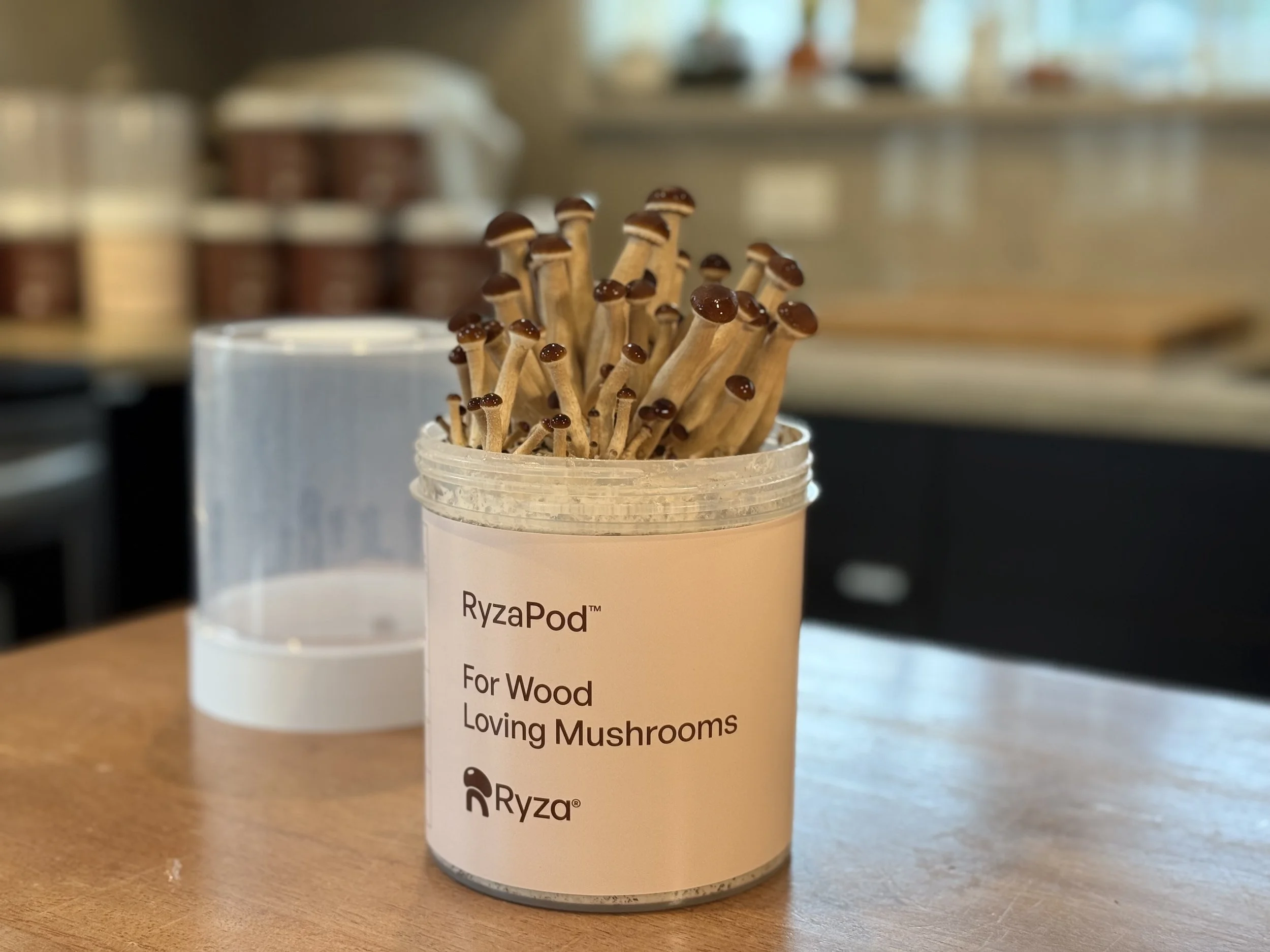Why Won't My Mycelium Fruit?
Cultivating mushrooms can be a rewarding endeavor, but sometimes the mycelium just won't fruit despite your best efforts. If you're facing this issue, don't worry! There are several techniques you can try to encourage fruiting, including optimizing environmental conditions, using the Fork Technique, and employing a cold shock method. Here's a comprehensive guide to help you get those mushrooms growing.
Optimize Fruiting Conditions
Ensuring your mycelium has the right environment is crucial for fruiting. Here are the key factors to consider:
Humidity: Mushrooms need high humidity to fruit. Aim for humidity levels of 85-95%. Use a misting bottle to keep the environment moist, but avoid creating standing water, which can lead to contamination. Internal surfaces of the grow chamber should be consistently moist like a cold can of soda on a warm day.
Temperature: Cooler temperatures promote fruiting than those that are ideal for colonization. Maintain temperatures between 60°F and 70°F (15°C and 21°C). Depending on the mushroom species, cooler temperatures might be necessary.
Light: Provide indirect daylight or artificial light with a 12/12 light/dark cycle. Direct grow lights are not recommended, just enough light that you could comfortably read a book. Check out our post on this subject for a deeper discussion of lighting levels for mushroom growing.
Air Exchange: Proper air exchange is critical. Ensure your setup allows for fresh air to circulate, reducing CO2 levels. If you’re using a grow bag or tub, poke small holes to facilitate airflow. RyzaPods built in FAE patch is usually sufficient, combined with twice or thrice daily opening of the dome to mist.
RyzaPods are the top-rated, easiest way for new and experienced mycologists to grow mushrooms.
The Fork Technique
This mycelium is a little “overgrown” on top, and breaking up the top surface with a sanitized fork is just the trick needed to get fast fruiting on top of the substrate.
If optimizing conditions doesn’t spur fruiting, the Fork Technique can be an effective intervention. This method involves lightly scratching the surface of the substrate with a sterilized fork to break up any overlay and promote air exchange.
Steps:
Sterilize a fork with isopropyl alcohol or scalding water.
Gently scratch the surface of the colonized substrate.
Mist the substrate lightly with clean water.
Adjust humidity and light conditions as needed and maintain proper air exchange.
This technique helps stimulate the mycelium by mimicking natural disruptions.
Cold Shock
Cold shocking is another method that can encourage stubborn mycelium to fruit. This involves exposing the mycelium to a sudden drop in temperature.
Steps:
Place the colonized substrate in the refrigerator for 12-24 hours.
After the cold shock, return the substrate to the fruiting environment.
Ensure optimal humidity, temperature, and air exchange to facilitate fruiting.
Cold shocking mimics seasonal temperature changes that naturally trigger fruiting in many mushroom species.
Additional Tips
Patience: Sometimes, the best solution is simply to wait. Mycelium can take time to fruit, and some varieties are slower than others.
Check for Contamination: Ensure your substrate is free from mold and bacterial contamination. Contaminants can inhibit fruiting by outcompeting the mycelium.
Rehydrate: If the substrate appears dry, consider rehydrating it by soaking it in water for a few hours, then allowing it to drain before returning it to the fruiting environment.
By following these tips and techniques, you can address the common issues that prevent mycelium from fruiting and create the optimal conditions for a successful mushroom harvest. Happy growing!

